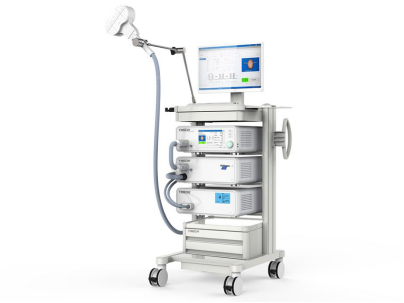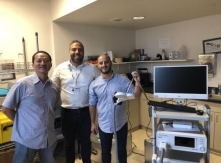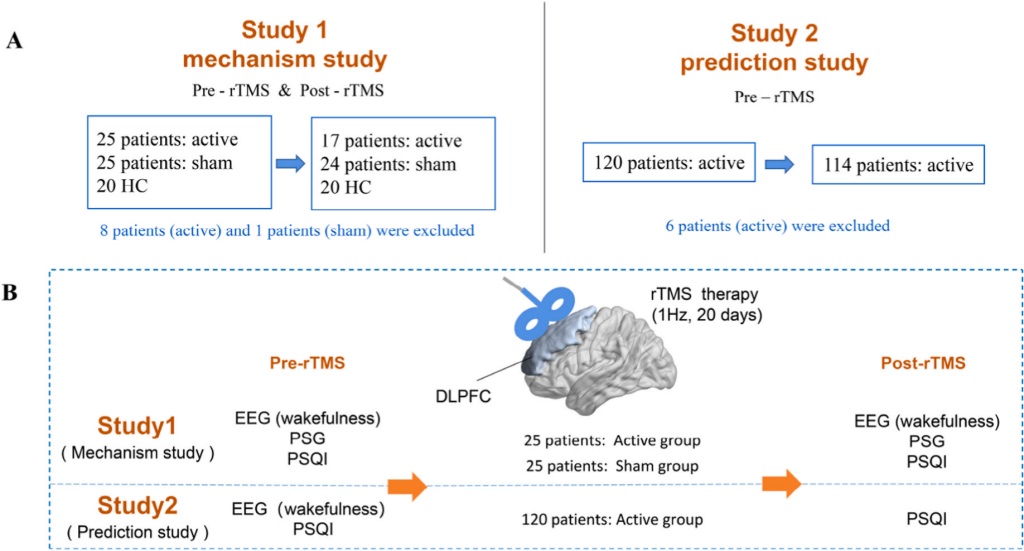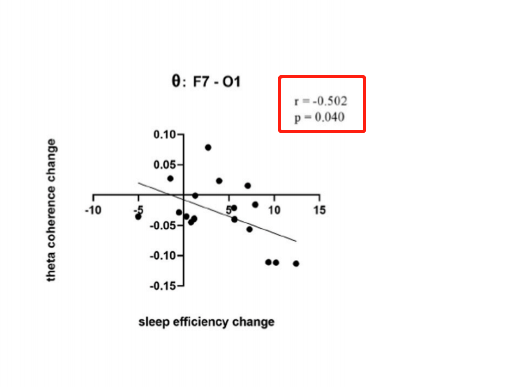Release time :2022-08-03
Source:support@yingchitech.com
Scan:2157

The M series transcranial magnetic stimulation device for sale has built-in based on relevant global authoritative guidelines and evidence-based medical literature, providing a reliable reference for clinical practice. The encrypted transmission of data in the system realizes the safe sharing of data and improves the efficiency. We adopts the modular design of the stimulator and the liquid-cooled chassis, and the real-time monitoring of multi-parameters including circulation condition, liquid volume, and temperature, will ensure the safety. YINGCHI provides various options of TMS coil, which can meet the most clinical and research requirements. The adjusting buttons and many other humanized design on the coil of transcranial magnetic stimulation device for sale will make it convenient for daily use.


YINGCHI Sham TMS System integrates the sham and active stimuation in the same coil, and the device intelligently switches the active and sham output by reading the properties of the IFM stimulation card. The sham coil of transcranial magnetic stimulation device for sale adopts a special winding process and a physical shielding layer, which can achieve the same output intensity, and the magnetic induction intensity reaching the stimulation target is close to 0. It can realize a true randomized, double-blind, multi-center study, and meet the requirements for the accuracy, reliability and consistency of results in clinical research. The YINGCHI TMS sham-stimulation system not only implements to deliver the active and sham stimulation on one side, but also establishes intelligent random grouping and intelligent output protocols of the active and sham stimulation..

TMS mainly excites or inhibits local cerebral cortex functions by changing the stimulation frequency, and treats diseases by bidirectionally regulating the balance between brain excitation and inhibition functions. Mainly used in a variety of psychiatric, neurological, neurological rehabilitation, children's brain disease treatment.

Evidence-based guidelines on the therapeutic use of rTMS
Humans have never stopped exploring learning and memory. In recent years, it has been confirmed that TMS can regulate learning and memory, attention, executive function, etc. TMS is mainly used in cognitive neuroscience research, sports rehabilitation research, brain function research, mental and pathological research, such as neuroplasticity research, brain function research, etc.

Stephan, Marianne & Brown, Rachel & Lega, Carlotta & Penhune, Virginia. (2016). Melodic Priming of Motor Sequence Performance: The Role of the Dorsal Premotor Cortex. Frontiers in Neuroscience. 10. 10.3389/fnins.2016.00210.
In China, transcranial magnetic stimulation device for sale has successively carried out strategic cooperation with Peking University Sixth Hospital, Shanghai Mental Health Center, Sichuan West China Hospital, PLA Army General Hospital, Shenzhen People's Hospital, etc., to carry out the clinical application of TMS and neuromodulation, and actively participate in national industry standards and clinical standardization Promotion work!

Internationally, transcranial magnetic stimulation device for sale is cooperating with top international TMS research teams such as Santa Marcelina Hospital of Santa Marcelina Hospital, Stanford University School of Medicine, Professor Mark George's team of Medical University of South Carolina, and so on.


The team of Xiaozi Zhang of Xidian University uses the transcranial magnetic stimulation device for sale (M-100 Ultimate, YINGCHI, Shen Zhen, China) to investigated the modulation of abnormal EEG coherence by rTMS in ID patients and whether the baseline EEG coherence could predict the therapy outcome of rTMS treatment.

In Study 1, 50 ID patients were randomly divided into active and sham groups, and subjected to 20 sessions of treatment with 1 Hz rTMS over the left dorsolateral prefrontal cortex. EEG during awake, Polysomnography, and clinical assessment were collected and analyzed before and after rTMS. In Study 2, 120 ID patients were subjected to active rTMS stimulation and were then separated into optimal and sub-optimal groups due to the median of Pittsburgh Sleep Quality Index reduction rate. Machine learning models were developed based on baseline EEG coherence to predict rTMS treatment effects.

Significant decreases in EEG coherence (blue lines) in patients with ID compared to healthy controls after active rTMS in theta and alpha bands. The histograms in the middle show the trend of decreasing coherence after active rTMS treatment in corresponding channels of theta and alpha bands.

Changes in theta band (F7-O1) coherence were correlated with changes in sleep efficiency.

The team built classification models separately based on the baseline resting state EEG coherence in four frequency bands (δ, θ, α, β).Using alpha-band EEG coherence to classify the outcome of rTMS,area under the ROC curve was 0.89 ± 0.09, with an accuracy of 84.40%, specificity of 84.17%, and sensitivity of 86.50%. Theta-band EEG feature achieved an accuracy of 79.70% (specificity = 77.64%, sensitivity = 81.53%), with the area under the ROC curve being 0.89 ± 0.07 for classifying therapy to rTMS. Beta-band EEG feature achieved an accuracy of 78.86% (specificity = 78.74%, sensitivity = 78.38%), with the area under the ROC curve of 0.87 ± 0.09 for classifying the outcome to rTMS. Delta-band coherence failed to predict the clinical outcomes. Among them, models generated with alpha frequency showed the best performance with an accuracy of 84.40% in the current study.Baseline EEG coherence in theta, alpha, and beta bands showed the potential to predict the treatment effects of rTMS for ID.
Zhang X, Zhao X, Shao Z, et al. The potential of electroencephalography coherence to predict the outcome of repetitive transcranial magnetic stimulation in insomnia disorder[J]. Journal of Psychiatric Research, 2023.